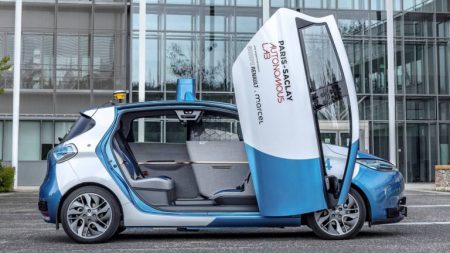As automakers race to electrify their model lineups, the competition to stand out has never been greater.
Luckily, thanks to electrification, the opportunities to develop new designs are abundant. But if automakers want to succeed, designers need to seize these new opportunities and start developing the cars of the future.
Car companies have followed the same evolutionary design path for decades. Now, with electric cars, everything is changing quickly.
Without an internal combustion engine and a fuel tank, there are new design possibilities to explore. In most passenger vehicles, there is a large engine under the front hood and a fuel tank that takes up space somewhere under the vehicle. While there is, of course, a need for battery and electric motor placement in EVs, designers are not locked into this traditional framework and are able to package the batteries and motors differently.

When approaching design for this new era, automakers must introduce revolutionary cars, not evolutionary cars.
Automakers have a history of trying to make their electric cars “look like an EV.” For some reason, many thought an electric car needed to look “different” — and the result was often ugly. Historically, both the media and the general public have expressed distaste for electric car designs that stood out because they were electric, as opposed to just being a well-designed vehicle.
Recently, other brands have come along and proven that what people wanted in an electric car was good design without this niche “electric car” flare. There are several premium car brands right now achieving success with classic car designs for their electric models.
But this new look will be more aerodynamic and futuristic. These cars will need less front air intake and won’t need a grill on the front at all, since there is less need for airflow to cool the engine, and the designs will be more efficient in a quest to preserve battery life. There will be fewer big SUVs and more crossovers, sedans and fastbacks. But amongst all of this exterior adaptation, the interior of the car must also evolve.
In the interior, the screen and voice control become the main concerns, due to strong demand for connectivity. Gone are so many of the gauges needed to monitor a gasoline engine. The idea of a driver’s interior as a pilot’s cockpit with hundreds of switches and buttons is gone. More important to the consumer is the screen and the technology it offers. Brand expression will primarily come through user experience and digital design and less through the interior materials.
Read more: CNN
